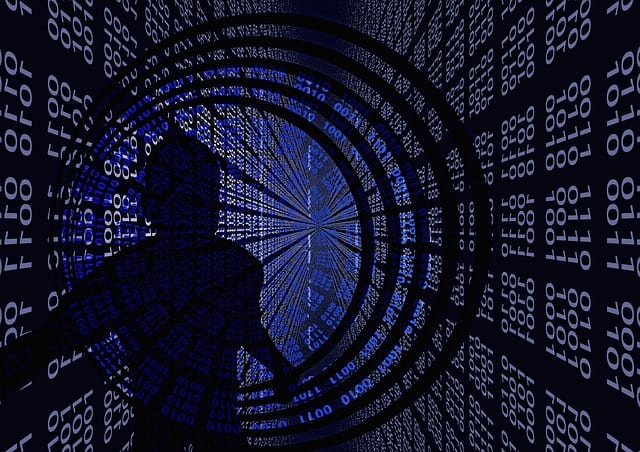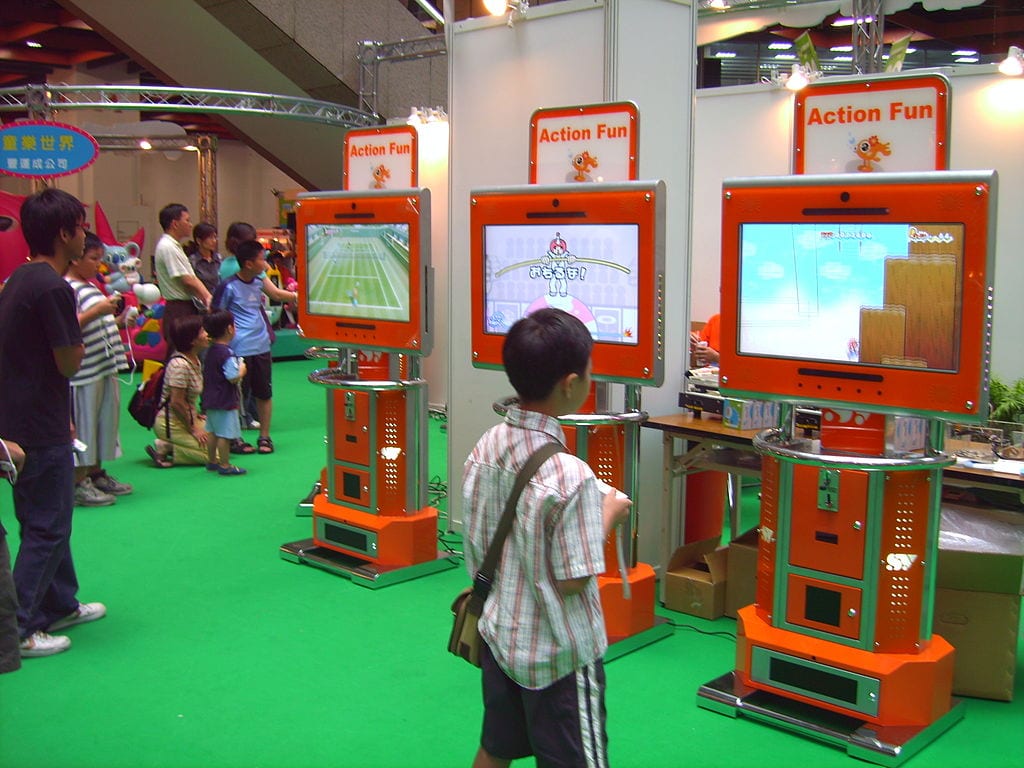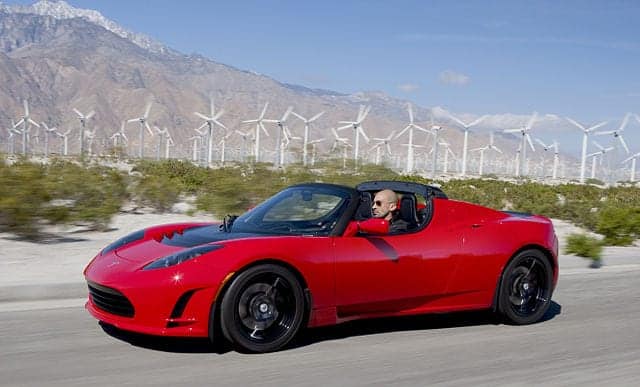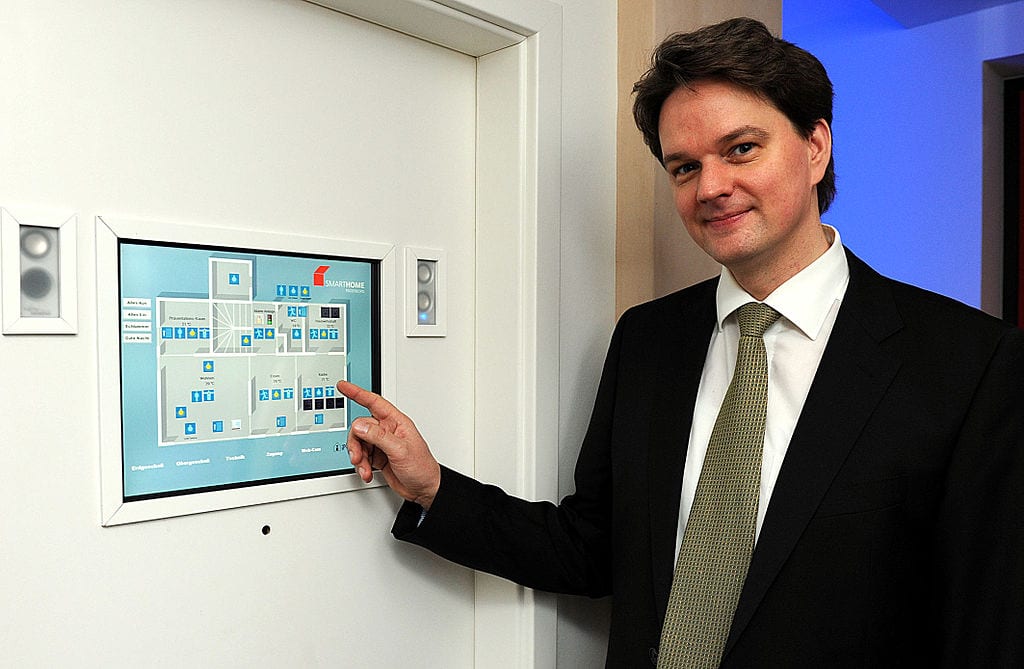We certainly live in a digital world. Although digital technology has been around for the last few decades (think digital watches from the 1970s), the turn of the millennium has seen a marked increase in the movement away from analogue and towards digital technology.
In fact, when you look through the various aspects of our life that are now dominated by digital technology, you’ll see why our opening statement is true. Indeed, from entertainment to dating on apps such as Tinder (which was recently named as the favourite dating app of 73% of US students), the way we engage with the world is perpetuated and assisted by digital technology.
OK, so what exactly is digital technology? In simple terms, a digital device is one that measures units electronically using a computer chip. In contrast, an analogue device doesn’t process numbers or data electronically but in other ways, usually mechanically. For example, an old analogue camera that uses film imprints an image on a piece of plastic film using chemicals and light. When it comes to a digital camera, a microchip processes the light and transforms it into a pictorial representation of a scene using an electronic process.
Why We Made the Switch

So why have we moved from analogue to digital in recent years? Well, aside from the advent of computers and smartphones, digital technology often offers an instant solution to a number of every-day problems. Although some will argue that technology is eroding into family time (i.e. we interact more with our phones than people), there’s no doubt that digital devices can make our lives easier.
Take, for instance, a digital photo and a traditional photo. The former will be available to view instantly and, importantly, will be shareable across the internet. In contrast, a traditional photo requires developing and printing – which takes time.
However, as instant as digital technology makes things, it doesn’t always improve on quality. To highlight this point, we only need to look at the music industry. Although the numbers are somewhat up for debate, some LP aficionados have suggested than a vinyl disc will offer around 1,000-1,400kbps whereas the average MP3 has a bit rate between 128kbps and 256kbps – maxing out at 320kbps.
What this demonstrates is that you can sometimes lose out in the quality stakes but gain some convenience when you switch from analogue to digital technology. For some this is a shame, but in a world where we want everything in an instant, it seems as though it’s a trade-off that many are willing to accept.
Digital Technology Makes Entertainment Accessible
Indeed, if we look at the entertainment industry, we can not only see that digital technology has made things such as games more accessible, but also more varied. For example, it used to be the case that someone wanting to play a fruit machine would have to visit their local pub or casino, physically insert some cash and hit the spin button.
But slots evolved from analogue machines to digital gaming portals, the first slot machine was invented in 1891 by The Sittman and Pitt Company of Brooklyn New York. It was, of course, mechanical. Following that, the games became increasingly popular and by 1976 video screens were introduced before second screens became popular in the mid-1990s. However, as popular as live slots are, online casinos are now able to offer more games, lower stakes and more variety than ever before, taking the move to digital a step further. In fact, the same is also true of online gaming sites. Forty years ago a gaming fan would have had to visit their local arcade to play the latest game.
However, since the days of Space Invaders (1978), games have gone online and, today, virtually everyone with a smartphone can access millions of computer games. In fact, according to the stats, mobile gaming apps generated $17 billion (£11.5 billion) in revenue in 2014 and there are almost 165 million mobile gamers in the US alone.
Thanks to games such as Angry Birds and Dead Effect 2, gamers can now have access to more options than ever before and, importantly, they have access to them in an instant.
Cars are Digitally Smarter than We Are
Another area where digital technology is slowly taking over is the automotive industry. Thanks to companies such as Tesla Motors and Google, the way we drive our cars is changing.
The Tesla Roadster is by far the most innovative car on the road at the moment. Powered by four main systems, the electronic car contains 6,831 lithium-ion batteries that power everything from a regenerative braking system (it brakes more efficiently than a traditional system) to the car’s myriad of sensors.
The next step for digital cars (if Google has its way) is the driverless car. Currently being trialled by the company, the self-drive cars will eventually be able to control every aspect of the driving process and turn us into mere passengers.
The Digital Home
The other interesting area of digital development in recent years is the (smart)home. Thanks to companies like Hive, we can now control every aspect of our home life without lifting more than a finger.
In fact, if you don’t even want to lift a finger then you can let the system do it for you. From locking your doors to turning your heating off and on, systems such as Hive take away many of the manual processes we undertake at home and put them under the control of a digital processor.
Although digital technology has its limitations (you’ll still need to follow our guide to prepare your garden for the upcoming BB season), it’s clear that our world is now controlled by digital devices. Whether you’re someone looking for a date or you just want to laze around at home, digital technology has made many things easier for us.
Analogue technology is by no means a dead duck (many of the finest watches are still analogue), but it’s clear that it’s becoming more niche in an age where instant accessibility is crucial. Digital advances have certainly enhanced our lives in recent years, if for no other reason than they’ve made things a lot more efficient and easier to handle.
Image 4: By EnergieAgentur.NRW [CC BY 2.0 (http://creativecommons.org/licenses/by/2.0), CC BY 2.0 (http://creativecommons.org/licenses/by/2.0) or CC BY-SA 3.0 de (http://creativecommons.org/licenses/by-sa/3.0/de/deed.en)], via Wikimedia Common.
Image 3: https://www.flickr.com/photos/nrmadriversseat/ released under the CC license.
Image 2: Rico Shen [GFDL (http://www.gnu.org/copyleft/fdl.html), CC-BY-SA-3.0 (http://creativecommons.org/licenses/by-sa/3.0/) or CC BY-SA 2.5 tw (http://creativecommons.org/licenses/by-sa/2.5/tw/deed.en)], via Wikimedia Commons



